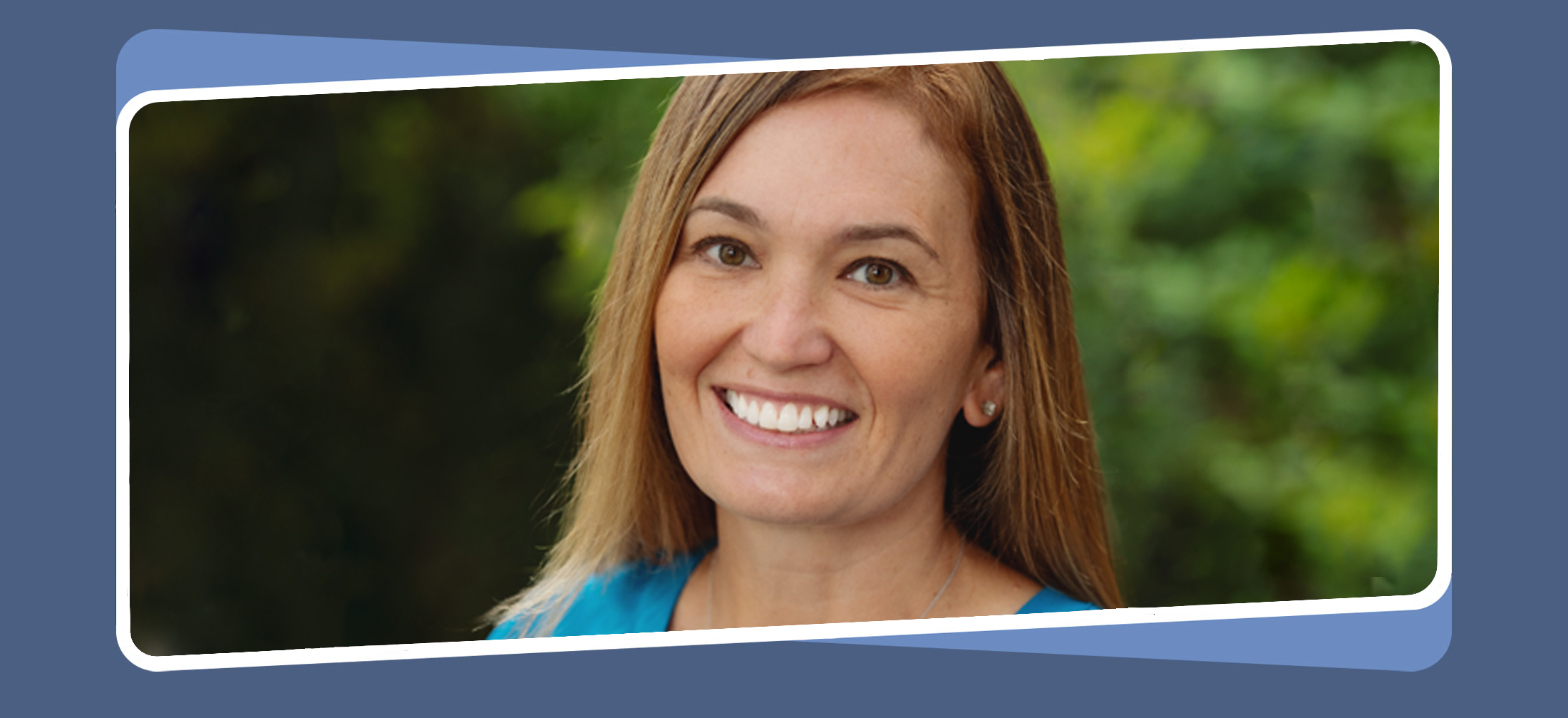
Janette Joyce
Senior Researcher
Student-teaching placements play a vital role in helping college undergraduates prepare for their careers in education. This important experience was interrupted by the pandemic as most classrooms transitioned to virtual and/or hybrid-style learning.
As school administrators and education leaders prepare for back-to-school in the coming weeks, they may wonder if first-year teachers in 2021–22 will be ready to tackle the challenges of teaching in a physical classroom setting. While educators gained skills in adaptability and flexibility, what kind of help might they need developing skills in other key areas?
I asked my colleagues working in educator preparation at the Kansas State Department of Education (KSDE):
- Were teaching candidates able to have meaningful “apprenticeships” during the pandemic?
- Are they prepared for future teaching?
- What was the impact of this unprecedented year on student-teachers’ well-being?
New Teachers Learned Adaptability, May Need Classroom Management Support
During the pandemic, students and student-teachers in Kansas were typically able to be in the classroom in a hybrid model during the pandemic, often with 50 percent of learners in attendance at any one time. Students had modified schedules attending school in the mornings or afternoons or on opposite days. Disruptions occurred when a student, class, or teacher would have to be quarantined. Class would be conducted virtually on occasion, and teaching and learning conditions shifted dramatically from the school year’s opening to closing.
The experience with adapted schedules and smaller class sizes may mean new teachers need help with classroom management this fall. Due to COVID-related protocols and social distancing, very few, if any, first-year teachers will have worked with a full (20–25 students) classroom at any point last year.
“Our student-teachers’ experiences were mixed during the pandemic,” said Allen Jantz, professor of education at Bethel College and president of the Kansas Association of Private Colleges of Teacher Education. “Fall was much different than spring. During the fall, I had one student-teacher that taught music online for the half-semester that he was in that placement. In his second placement, he started out mainly teaching in person for three weeks, then went 100 percent online. In the spring, my student-teachers were primarily in person.”
Given that flexibility is an essential classroom skill for teaching, experiences such as transitioning back and forth from virtual to in-person learning during the pandemic can be an asset for first-year teachers.
Shane Kirchner, professor of education at McPherson College and president of the Kansas Association of Colleges for Teacher Education, is optimistic about the ability of teaching candidates to adapt to the changes caused by the pandemic. “Student-teachers seem to be resilient,” he said. “They don’t have the history of teaching before the pandemic. They simply ‘lean into it’ and get to work.”
Jantz found that in addition to flexibility, there was a greater need for respect and understanding to negotiate this past year. “As with student-teachers from all institutions, our student-teachers found their teaching lives changed dramatically,” he said. “Some of our student-teachers never met their students in person, only online. We need to offer grace to others, just as we accept grace from those with whom we work.”
Jantz shared an example of understanding and relationship development in action from a student-teacher who said, “During the pandemic, I was able to be one of the few things that students could rely on. In the ever-changing world with COVID, I was the one certain thing that wouldn’t be switched. This helped develop my relationships with the students even more.”
Kirchner noted student-teachers may have also had early experiences with differentiated instruction because of what students missed in the fall due to hybrid teaching. Students were at different places in their learning, and student-teachers learned firsthand how to work on these skills.
Adaptability, reliability, compassion—these have always been characteristics possessed by good teachers regardless of the working conditions. These traits were needed in abundance last year and can continue to be drawn upon by young educators moving forward.
Jantz and Kirchner noted mentoring programs and other supports will be important in the 2021–22 academic year for new teachers. While they have demonstrated flexibility and resilience, they did not have a “normal” student-teaching experience, so when they encounter something that might seem routine for veteran educators, for them, it may not be.
Having endured many challenges during the 2020–21 school year, this fall’s new teachers will have a unique perspective as they enter the field full-time. For school leaders bringing on first-year teachers, here are three questions to keep in mind as you consider how to support them:
- How much classroom versus online teaching experience are they bringing with them?
- What instructional strategies or classroom management coaching might they need support with based on their experience?
- What strengths do they bring and what resources and supports might they need as new teachers during a pandemic?



